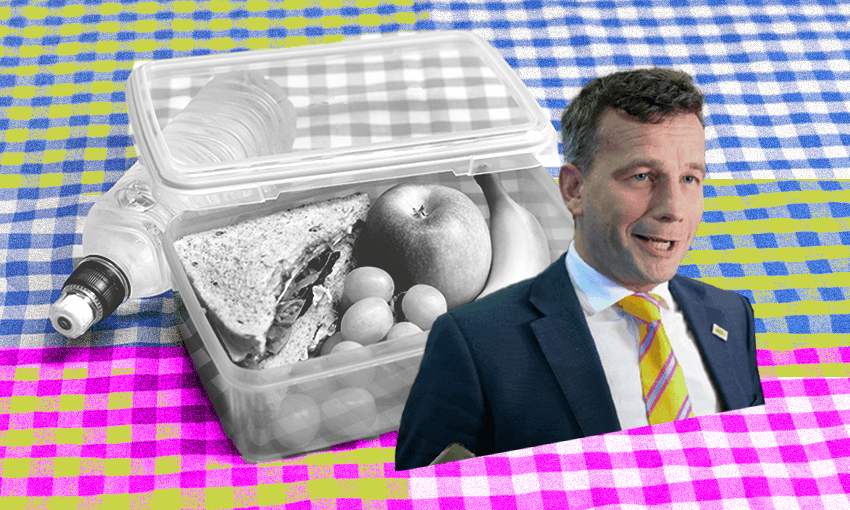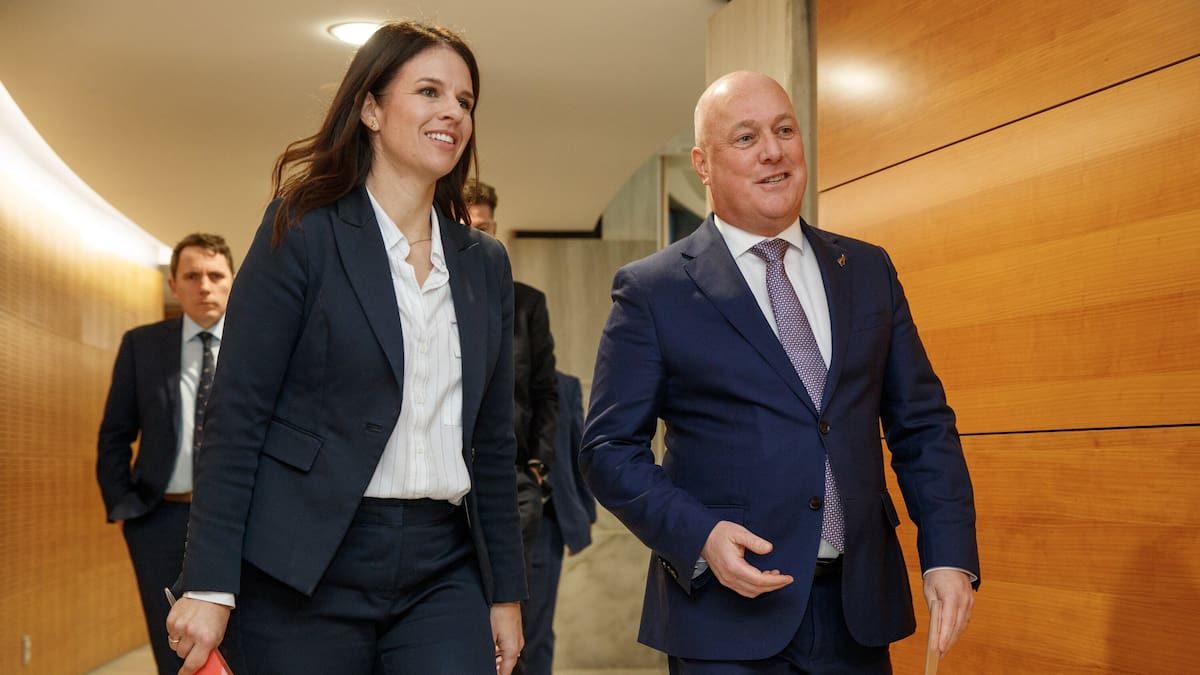

Even with the normal expectations and earning possibilities etc.
If you’ve been advertising a job at a certain rate and nobody has applied, then either the location, conditions or pay are not meeting the market. You can’t change the location for a business like this, so you have to change the conditions and/or pay. ie, the true hourly rate for any given job is what you can hire someone to do it for.








I wonder if this mini-saga is illustrative of the government in general. Willing to block, obfuscate and generally be a bit bully-ish when they think they can get away with it. The question for me is why it (presumably) took one of their PR consultants to get them to pull their heads in on this one when it was clearly a dumb idea from the start and guaranteed to get some play in the media as soon as they blocked Smale.